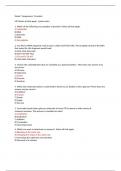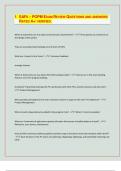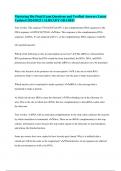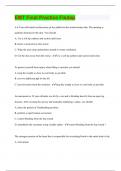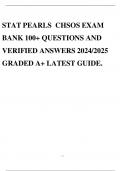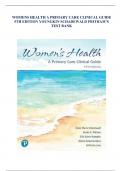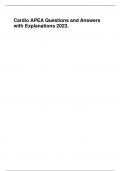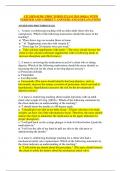Exam (elaborations)
Pharmacological and Parenteral Therapies NCSBN Client Need UWorld.exam.2.2023 complete A+ grade
- Course
- Institution
The nurse is caring for a client with a central venous catheter (CVC) who reports feeling nauseated and chilled. The nurse notes that the CVC insertion site is red and inflamed and that the client has a temperature of 102 F (38.8 C). Which new prescription from the health care provider should the n...
[Show more]




